by Jim Cobb
Editor’s Note: Jim Cobb is one of the most respected names in the preparedness/ wilderness survival field. This post originally appeared in “Backwoods Survival Guide.”
Make no mistake, cotton is, as the slogan says, “The fabric of our lives.” From our bedsheets to our T-shirts, we spend day and night in cotton. It is soft, warm, familiar and comforting. Most of us have had that one pair of jeans that were well-worn, faded, and fit just perfectly, right? How many times have we hit the trail wearing those jeans, a flannel shirt, and perhaps a cotton hoodie?
Truth be told, I’m no different. I do it all the time. But, that doesn’t make it a good decision. See, when the sun is shining, the birds are singing, and all is well with the world, those jeans are great. But, if the weather shifts just a touch, you could be in a world of hurt.

These warm, fuzzy cotton garments will become hazardous to your health when they get wet and lose their insulative value.
Hypothermia: Your normal temperature is around 98.6°F. Hypothermia is a dangerous condition in which your body temperature falls below 95°F. As your core temperature falls, you start to shiver as your body tries to create heat through muscle movement. Blood vessels might start to constrict to retain heat.
Shivering is an important warning sign. If your temperature continues to fall, you’ll find it harder to think clearly. You likely won’t realize you’re in a serious situation because your thoughts will become sluggish. Therefore, once shivering starts, that’s when you should immediately take action to get warm, before the situation worsens.
If things don’t improve, you’ll start to feel tired and the thought of just sitting down to rest will be more and more appealing. Clumsiness is also common. Eventually, if hypothermia goes untreated, your body will just shut down completely.
Heat Loss
Your body loses heat through a few different ways. Conduction is heat loss through direct contact. For example, sitting on the cold ground or leaning against a cold rock. Without something insulating you from those cold surfaces, you’re going to lose some body heat.
Convection is similar but instead of the loss occurring due to contact with an object, heat is lost because of air movement around you. Your body is usually surrounded by a thin layer of air that is warmed by your body, sort of like an invisible layer of insulation. Breezy or windy conditions tear that away from you, leaving you feeling colder.
Most of our body heat is lost through radiation. When our environment is cooler than our body temperature, heat leaves our body in order to equalize things. Basically, we give off heat just by being alive.
Perhaps the one that most directly relates to the subject at hand, though, is evaporation. See, evaporation is a cooling process. This is why we sweat when we get warm. The body releases the moisture so it will evaporate and thus cool us down. That’s all well and good when we’re pushing a lawnmower in the backyard on a hot, muggy summer day. But when you get overheated hiking in the backcountry on a chilly fall day, it could lead to trouble. If it is raining or snowing, things could also get serious rather quickly.
Cotton and Moisture
Cotton has wonderful absorption properties. That’s one reason why we use cotton towels in the kitchen and bathroom, right? It works great for soaking up water and holding it until you wring it out in the sink or wherever. Those very same qualities are what makes cotton a poor choice for outdoor clothing.
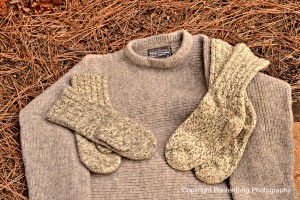
The Dechstein 100 percent wool mittens, sweater and socks are durable, effective choices for cold weather wear.
Remember what we said, evaporation is a cooling process. The longer your cotton hoodie stays wet on your back, the longer it is going to keep sapping your body heat. The same thing applies to your jeans when they get soaked from the rain or a fumbled creek crossing. Cotton holds on to moisture like a magnet holds iron filings. It takes forever for jeans to dry, right?
Some fabrics have a property called wicking. This means they soak up moisture and move it away from your skin using what is called capillary action. Basically, water moves from wet areas of the fabric to dry areas. Cotton does not do that. It holds the sweat, rain, and whatever else right where it is. That moisture, when held against your skin, removes body heat through conduction.
On top of all that, cotton loses its insulating properties when it gets wet. A cotton hoodie keeps you warm because cotton is filled with little air pockets. Those pockets trap and hold your body heat. When those pockets fill with water though, the insulation value is lost.
Alternatives to Cotton

Cotton is a sustainable agricultural crop.
Fortunately, there are great alternatives to cotton. Synthetic fabrics like polyester are excellent at wicking moisture away from your skin. They often aren’t the warmest fabrics, though.
Merino wool, on the other hand, is a great option for both cool and warm temperatures. This is not the same wool that made up the sweater you wore to Grandma’s at Christmas and made you itch all night. It is ultra-fine, thin, and very soft.
Layering is Important
There are essentially three layers of clothing when we’re talking about spending time outdoors. The base layer comes first. The important thing to remember about base layers is they must be in contact with your skin in order to be able to wick sweat away. You want a snug, not loose, fit. The material should be lightweight and comfortable.
The next layer is insulation. This is the layer that keeps you warm. It need not consist of a single garment, either. In some conditions, it is nice to have a few options to put on or remove as the temperature and your exertion level fluctuate. A down jacket is a common insulating layer and can be compressed down very small in your pack until needed.
The outer layer is what protects you from wind, rain, and snow. It should be waterproof, or at least water-resistant. Breathability is an excellent feature as well. Of course, there is no fabric that will keep you absolutely dry under constant rain for long periods of time. This is why it is important to wear layers that will dry quickly.
Cotton is comfy and cozy. For many of us, it is the most common fabric in our lives. But, when it comes to spending time in the great outdoors, cotton could be the death of you.

Jim Cobb
Jim Cobb is a professional prepping instructor and blogger. He is the author of Prepper’s Home Defense, Countdown to Preparedness, Prepper’s Long-Term Survival, and The Prepper’s Complete Book of Disaster Readiness. His most recent book is Backwoods Survival Guide: Practical Advice for the Simple Life. Cobb is the owner and lead trainer for DisasterPrepConsultants.com. His articles on preparedness have been published in national magazines such as OFFGRID, American Survival Guide, Survivor’s Edge, and Boy’s Life. You can find him online at SurvivalWeekly.com. Cobb lives in the Upper Midwest with his beautiful wife and their three adolescent weapons of mass destruction.
Please click here to check out and subscribe to the SurvivalCommonSense.com YouTube channel – thanks!

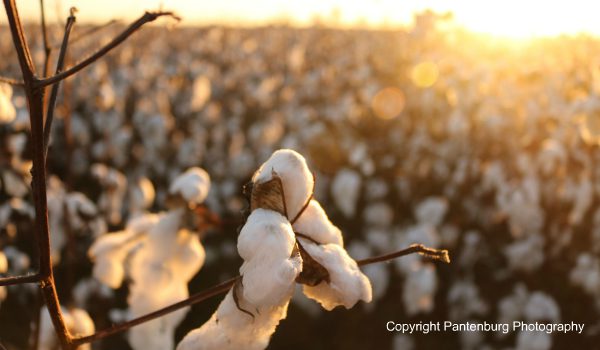

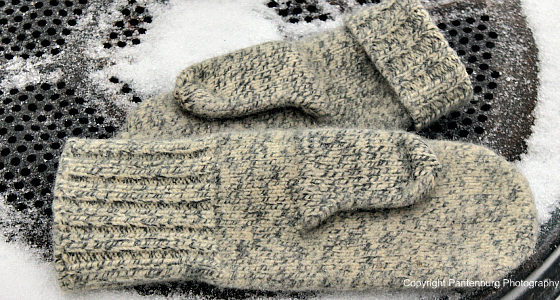
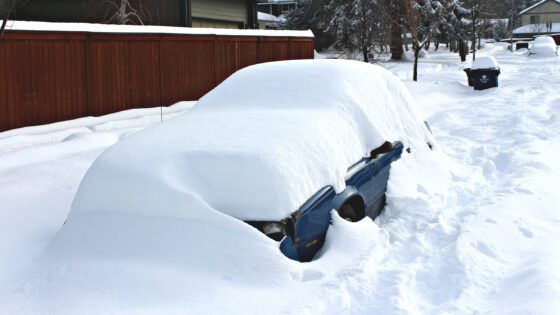
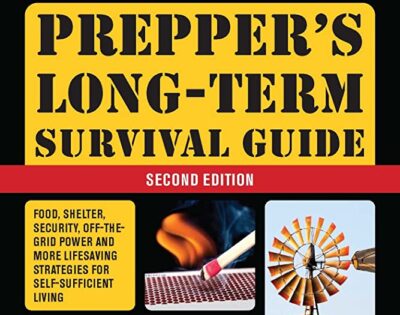
Leave a Reply